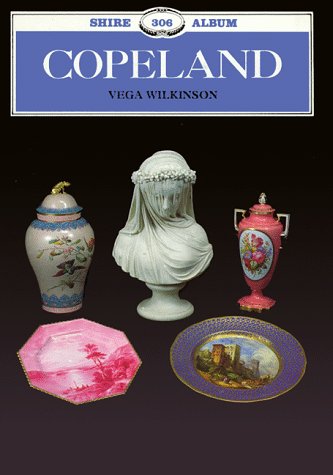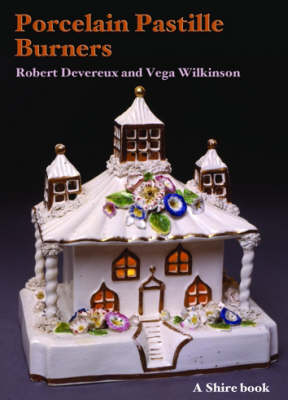Shire Album S.
2 primary works
Book 306
For 133 years five successive generations of the Copeland family continued to run the Spode Pottery at Stoke-on-Trent, staffordshire, carrying on the tradition of quality and design which had been begun by Josiah Spode I and his son Josiah Spode II. As fashion and style changed throughout the Victorian and Edwardian era, the firm was at the forefront of the market, with a team of artists who produced a variety of ware ranging from simple menu holders, through household ware to fine hand-painted dessert services. The work of some of the best known artists is illustrated in this book, which also provides the reader with backstamps dating the ware and a short description of some of the most famous pieces of the nineteenth and twentieth centuries. It includes illustrations of Copeland Statuary Porcelain, jewelled ware, fine china, and earthenware and of royal commissions, and it concludes with examples of everyday patterns which are easily collected today.
Book 439
Pastille burners are charming porcelain nineteenth century cottages, varying in architectural design, which held pastilles (small lozenges, made of saltpetre and essences) made by the still room maids and when lit, their perfume combated unpleasant odours in Victorian homes. Pastille Burners were made in all sizes by many of the well-known porcelain manufacturers but few are marked. These burners designed to look like miniature buildings, with chimneys to funnel the smoke into the room, are an historical record of the churches, toll-houses, summerhouses and country cottages of the time, and even after pastille burning fell out of favour, the burners continued to be made.

